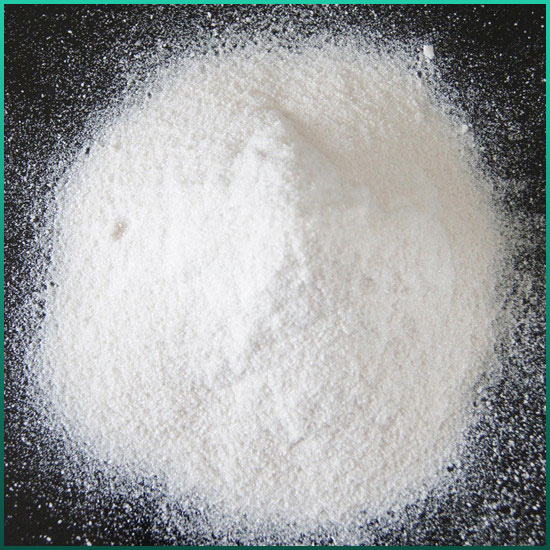Are there any known analogs of 9H-fluorene that exhibit different properties or applications?
2023-10-17
There are several known analogs or derivatives of 9H-fluorene that exhibit different properties and find applications in various fields. These analogs are often synthesized by modifying the chemical structure of 9H-fluorene, introducing functional groups, or adding substituents to its aromatic rings. Here are some examples of 9H-fluorene analogs and their distinct properties or applications:
1. 9,9-Diarylfluorenes: These compounds have two aryl groups attached to the 9-position of the fluorene core. They are commonly used as high-performance materials in organic semiconductors and OLEDs due to their excellent charge transport properties and stability.
2. Fluorenone: Fluorenone is the ketone analog of 9H-fluorene, containing a carbonyl group (C=O) in place of one of the aromatic hydrogen atoms. Fluorenone is utilized as a precursor in the synthesis of various organic compounds and pharmaceutical intermediates.
3. 9,9'-Bifluorenylidene: This dimer of fluorene consists of two fluorene units linked by a double bond. It has been investigated for its interesting photophysical properties and potential applications in light-emitting devices and sensors.
4. Carbazole-Fluorene Copolymers: These polymers combine fluorene units with carbazole units to form copolymers. They have been studied for their charge transport and light-emitting properties, making them suitable for use in organic electronics.
5. Fluorenyl Cations: These are carbocation analogs of 9H-fluorene, in which one of the hydrogen atoms in the fluorene core is replaced by a positively charged carbon atom. Fluorenyl cations are involved in various organic reactions and mechanisms.
6. Fluoren-9-yl-methanol (9H-fluoren-9-ylmethanol): This compound is a fluorene derivative with an additional hydroxyl group attached to the fluorene core. It has been utilized as a chiral auxiliary in asymmetric synthesis and organic transformations.
7. Perfluorofluorene: Perfluorofluorene is a fluorene derivative in which all hydrogen atoms are replaced with fluorine atoms. This perfluorinated analog exhibits unique physical and chemical properties, making it useful in various applications, including materials with high thermal and chemical stability.
8. Fluorene-Fused Polycyclic Aromatic Hydrocarbons (PAHs): These compounds are formed by fusing fluorene with other PAHs, resulting in extended aromatic structures. They have interesting photophysical properties and can serve as components in organic electronics and photovoltaics.
These examples highlight the versatility of fluorene-based compounds and their potential in various fields, including organic electronics, materials science, and synthetic chemistry. By modifying the fluorene core or combining it with other chemical moieties, researchers can tailor the properties of these analogs to suit specific applications, expanding the range of functional materials available for various technologies.



